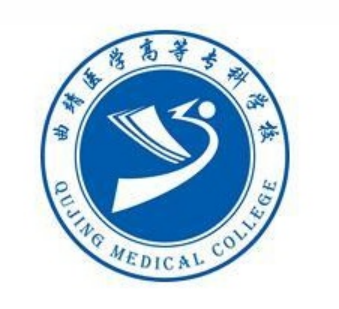Updated: 2023-04-06
According to the Constitution of South and Southeast Asian University Network, Qujing Medical College (China) has been accepted as the member of South and Southeast Asian University Network.

Introduction
Approved by the Ministry of Education, Qujing Medical College (QMC) was founded in February, 2006. QMC has been named as the provincial backbone higher vocational college with special characteristics, the comprehensive public fieldwork base of medicine and healthcare in northeastern Yunnan, the pilot school involved in the National Excellent Physician Education and Training Program, the training base for Yunnan medical college teachers, the collaborative unit for International Standards for Professional Nurses (ISPN) Program, the provincial five-star college for the accreditation and assessment of the nursing major and the vice governing unit of Lancang-Mekong Alliance for Vocational Education and the provincial quality higher vocational college.
The college has upheld to the school-running philosophy of "quality as basis, education as root, underlining special characteristics, serving society and developing scientifically". Under the guidance of the college culture consisting of "medical spirit" (life-saving, with the virtue of great physician), "great learning" (science, progress, criticism, tolerance and morality), "love" (love, dedication and striving for continuous improvement) and "manner" (cultivating virtues and seeking for truth tirelessly), the college has kept to the path featured employment as the orientation, integration between industry and education, college-government-hospital (enterprise) collaboration, quality construction and characteristic development. The school's plan of upgrading from a junior college to a university has been involved in Yunnan's 14th Five-Year Higher Education Institutions Setting Plan. The new campus covering an area of 1,500 mu (about 1 million square meters) is now under tense construction.
Enrolling students from 15 provinces, municipalities and autonomous regions, QMC now has nearly 9800 full-time students and approximately 10,000 students receiving continuing education. It has 11 secondary level teaching units and 27 specialties including clinical medicine, nursing, midwifery, pharmacy, optometry technology, oral medicine, preventive medicine, etc. Among which, there are 4 national key majors, 2 provincial key majors with special characteristics, 7 provincial high-level backbone majors and 2 provincial high-level major groups. There are 5 aided organizations for teaching, 2 national productive training bases established by the school and enterprises, 8 provincial experiment and practical training teaching bases and about 130 affiliated hospitals, teaching hospitals and off-campus practice bases. In 2022, the college was listed as the provincial construction unit of the"Double High Plan".
Recently, QMC has gradually expanded and deepened its international cooperation and exchange. It has continuously intensify its communication and cooperation with higher education institutions in Yunnan and other provinces. It has formed strategic cooperative partnership with Yunnan University of Traditional Chinese Medicine, Zhaoqin Medical College and Kunming Medical University. Besides, it has continued a long-term friendship and cooperation with nearly 10 colleges in Canada, England, Japan, etc. There have been about 20 students selected to take paid internships in the UK. In February, 2015, approved by the national Ministry of Education, QMC and Loyalist College in Canada launched a collaborative rehabilitation therapy education program. Up till now, there have been eight classes of 362 students enrolled into this program. Since becoming one of the governing unit of Lancang-Mekong Alliance for Vocational Education, QMC has actively involved in the Langcang-Mekong cooperation mechanism and served and integrated into the national "Belt and Road Initiative" and the provincial central strategy of radiating to South Asia and Southeast Asia.